BREEAM, SBTi, and CRREM Align on Net Zero Initiatives
Addressing climate change demands immediate and coordinated action across all organisation levels and sectors. BREEAM and BRE play a crucial role in unifying sustainability standards and adopting common metrics, which can have an even greater impact when used alongside other measures.
BRE’s systemic approach extends beyond the construction sector, providing solutions for other sub-sectors and assisting the alignment of sustainable finance with eco-friendly buildings. Through the integration of corporate standards like SBTi (Science-Based Targets initiative) and CRREM’s carbon budgets, alongside BREEAM’s sustainable building measures, we offer a comprehensive, integrated solution that allows stakeholders to effectively communicate and align their sustainability goals. This empowers our customers and the sector, fostering the development of high-performance, net zero carbon buildings. It promotes informed decision-making, measures progress, and facilitates comparison.
In the pursuit of reducing carbon emissions and achieving net zero, it is essential to collaborate and synergise efforts among organisations with common goals. Many initiatives are tackling this challenge from different perspectives and sectors. At the organisational level, in the built environment sector, SBTi sets targets, while CRREM focuses on measuring building-level reduction in energy demand. To succeed, the race to zero requires shared metrics, vocabulary and consistent market practices to facilitate accurate and honest comparisons.
To achieve the goal of net zero carbon emissions, a consensus must be agreed upon, not only on the definition of net zero carbon but also on the trajectories and metrics used to measure progress. Net zero carbon involves reducing human-generated carbon emissions as much as possible and employing carbon removal techniques to offset any residual emissions. Establishing agreement on these aspects is vital for effectively monitoring and evaluating advancements towards net zero carbon goals.
Understanding BREEAM
BREEAM is the world’s leading sustainability assessment methodology for masterplanning projects, infrastructure, and buildings. It recognises and reflects the value in higher performing assets across the built environment lifecycle, from new construction, through the in-use phase, to any refurbishment that takes place.
BREEAM does this through third party certification of the assessment of an asset’s environmental, social, and economic sustainability performance, using standards developed by BRE. This means BREEAM-rated developments are more sustainable environments that enhance the wellbeing of the people who live and work in them, help protect natural resources and make for more attractive property investments.
Reducing energy use and operational carbon emissions is vital for organisations aiming for net zero carbon. It’s equally important to consider the embodied carbon in building materials and products during new construction or renovations.
BREEAM has been at the forefront of incorporating embodied carbon benchmarks for five years, showcasing their commitment to promoting sustainable practices in the building sector.
While BREEAM primarily emphasises carbon emissions, it also encompasses a broader spectrum of sustainability concerns. As a result, it can effectively showcase compliance with other sustainability frameworks like the United Nations Sustainable Development Goals (UNSDGs) and the EU Taxonomy. It also serves as evidence that ESG (Environmental, Social, and Governance) objectives are being achieved.
By focusing on both operational and embodied carbon, organisations can make a positive impact on reducing their carbon footprint and contribute to a more sustainable future.
For more than 30 years, BREEAM has helped buildings achieve significant reductions in carbon emissions at every stage of the building lifecycle. Approximately 50% of the credits available in BREEAM’s building certification address the reduction of carbon. Certification encourages improvement of an asset’s core sustainability performance by reducing energy and carbon emissions at every opportunity.
BREEAM, as part of its commitment to sustainable building practices, has included embodied carbon benchmarks for some building types since 2018. This incorporation of embodied carbon considerations allows the construction industry to address carbon emissions at the earliest stages of a building’s life cycle, further enhancing its commitment to reducing environmental impact.
BREEAM’s recent consultation outlined new advancements to further enhance the journey towards net zero carbon. It expands the range of embodied carbon benchmarks to new building types, new lifecycle stages and new geographies.
SBTi and science-based targets
The Science-Based Targets initiative (SBTi) supports companies in setting science-based targets for reducing greenhouse gas (GHG) emissions. Science-based targets align with the goals of the 2015 Paris Agreement, which aims to limit global warming to well below two degrees Celsius. By relying on robust scientific research, including the findings of the Intergovernmental Panel on Climate Change (IPCC), SBTi helps companies align their emission reduction goals with the latest climate science.
SBTi is actively working to introduce embodied carbon benchmarks, which is a significant step forward in addressing carbon emissions. This progress aligns with the industry’s commitment to sustainability and demonstrates their dedication to tackling environmental challenges.
Prominent companies in the built environment sector such as JLL and Landsec have already set science-based targets, demonstrating their commitment to reducing carbon and advancing environmental stewardship. By committing to science-based targets, these organisations are not only mitigating their own carbon footprint but also setting industry standards for sustainability – a crucial step towards adoption of targets within and outside of the construction and real estate industries.
The recent SBTi consultation for the Buildings Science Based Target Setting Guidance and Tool aims to provide guidance on setting organisational targets for building sector operations. One key aspect of the consultation was the introduction of embodied carbon benchmarks, which focus on reducing emissions associated with construction materials. As with BREEAM, by incorporating embodied carbon considerations, the construction industry can address carbon emissions at the earliest stages of a building’s life cycle.
CRREM
The Carbon Risk Real Estate Monitor (CRREM) serves as a robust framework for evaluating the energy efficiency and carbon emissions from energy use against net zero aligned trajectories for a range of different building types. It aims to help real estate investors and companies understand and manage carbon emissions and climate change risks.
This facilitates the identification of properties that already align with low-carbon goals and those where action to reduce carbon emission is needed to ensure that they are less vulnerable to future market shifts or regulatory changes related to carbon emissions. This is often referred to as a carbon stranding risk.
The link between BREEAM, SBTi, and CRREM
BREEAM, SBTi, and CRREM work together to reinforce sustainable building practices. Firstly, the integration of CRREM into BREEAM’s Version 7 update offers several benefits. It enables accurate evaluation and benchmarking, allowing stakeholders to assess whether existing assets are on track to achieve net zero carbon goals. CRREM also helps to identify properties at high risk of devaluation or becoming economically unviable due to the transition to a low-carbon economy. This could include buildings or portfolios with high energy consumption, inefficient design, or reliance on carbon-intensive energy sources.
As CRREM is now being adopted by SBTi this will mean that reports from BREEAM assessments can be used to set targets and report progress for building sector organisations for SBTi as well.
This interconnected ecosystem supports BREEAM in offering an integrated approach that strengthens science-based targets whilst considering overall environmental performance.
SBTi consultation
The recent SBTi consultation included several key considerations. Primarily, it aimed to define the scope of building related GHG emissions which should be measured and disclosed by various industry actors. For example, architectural and engineering firms will be required to account for the life cycle of emissions of the buildings which they design.
To enhance data granularity, the consultation aimed to expand partnerships to access better data, whilst moving forwards baseline years for more relevant targets. New property types and regions are to be added to allow for more specific emission measurements to be made.
To increase transparency and ensure emissions reduction targets are met, the consultation emphasised that selling assets does not count as decarbonisation – requiring disclosure of any assets sold or divested.
The SBTi is currently undertaking an open public consultation process for industry experts to provide feedback on the Buildings Science Based Target Setting Guidance and Tool. Head to SBTi’s website to watch the hosted webinar, learn more about the project, and help shape new guidance and criteria to accelerate the decarbonization of the built environment: https://sciencebasedtargets.org/sectors/buildings.
– SBTI
The benefits of partnership
The collaboration between BREEAM, SBTi, and CRREM is driving sustainable building practices and supporting progress towards net zero carbon emissions. Integrating the relationship between international collaborators establishes a common vocabulary, promotes transparency, and fosters informed decision-making.
BREEAM’s focus on sustainability assessments, SBTi’s science-based targets, and CRREM’s mitigation of climate risk together create synergies that enhance environmental performance throughout the building’s lifecycle. Ongoing consultations by BREEAM and SBTi will introduce advances like embodied carbon benchmarks and improved data granularity, further propelling sustainable building practices. Together, these initiatives maximise the impact of individual efforts, driving the transition towards a sustainable and net zero carbon built environment.
Find out more about achieving net zero carbon with BREEAM.
BREEAM news
Browse other BREEAM news

ActiveScore sponsors the BREEAM Awards for second year running

Key Takeaways from Climate Week NYC 2024

Buildings to prove they are net zero carbon with UK’s first agreed methodology: UK Net Zero Carbon Buildings Standard

BREEAM podcast goes back to basics
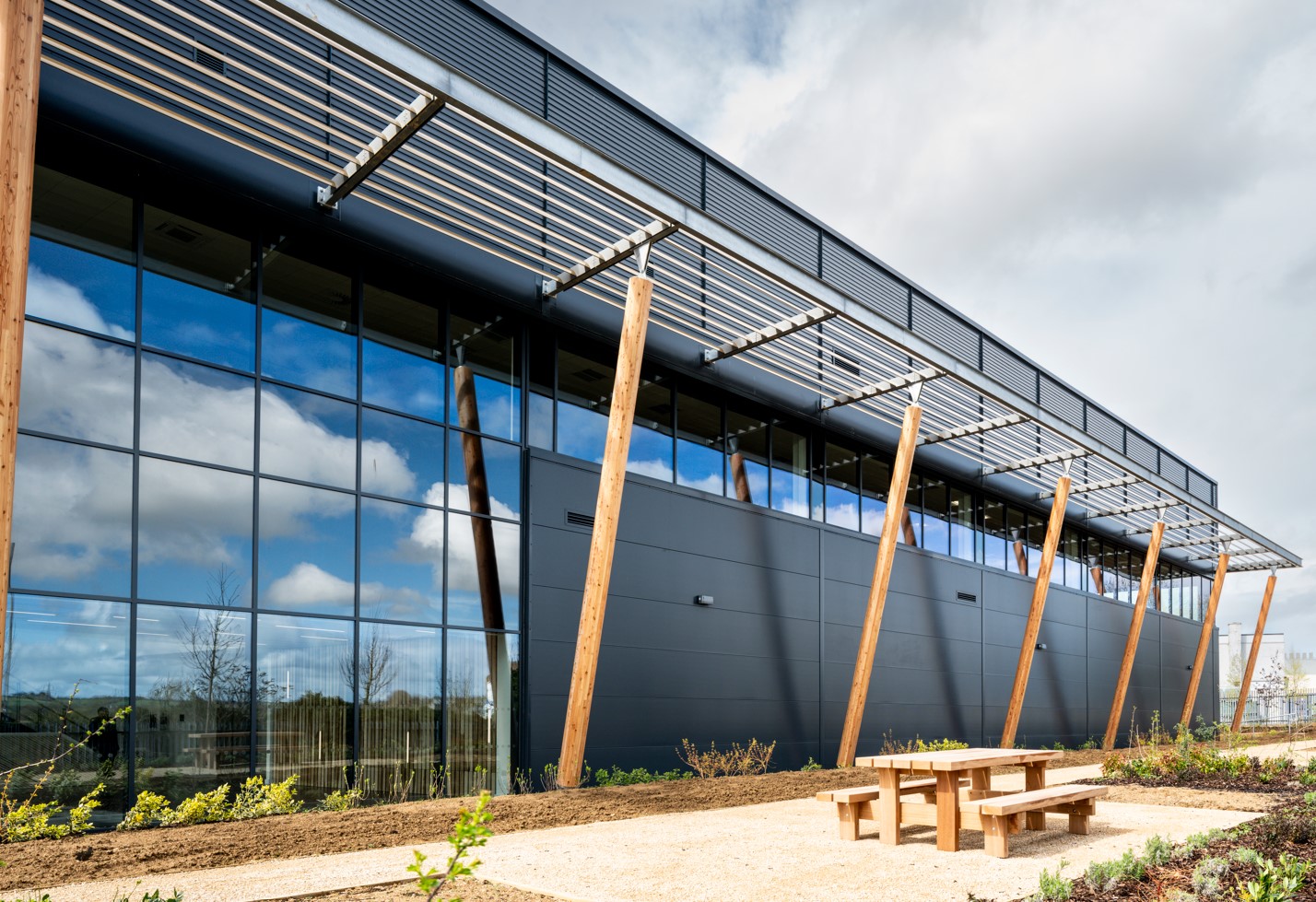
Nova, Oxford achieves highest ever BREEAM score in the UK

Navigating sustainability: Insights from BREEAM and GRESB leaders Europe
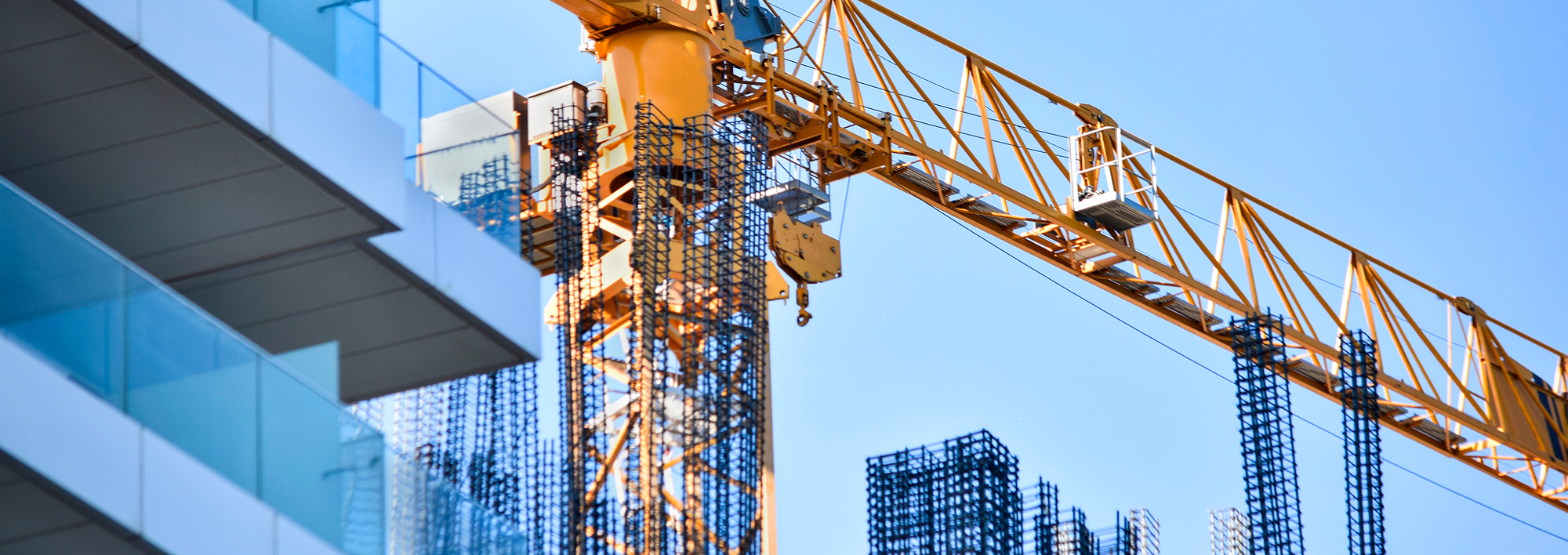
BREEAM New Construction Version 7 technical manual and summary of changes document

BRE announces winners of BREEAM Awards 2024

Navigating Sustainability: Insights from BREEAM and GRESB Leaders
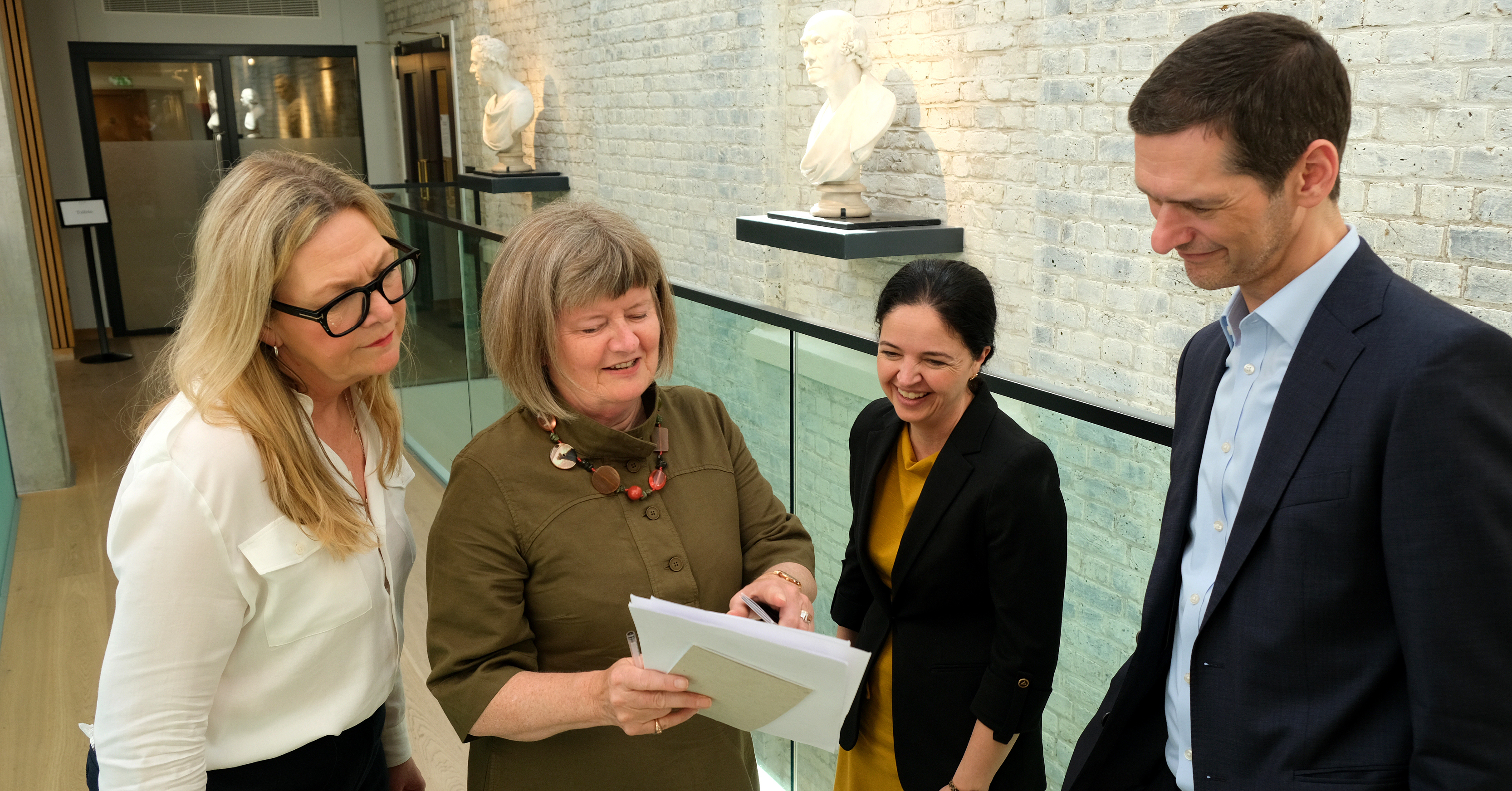
BREEAM podcast to explore sustainability solutions and trends with industry leaders
BREEAM case studies
Browse the latest case studies from BREEAM

Old St Roundabout awarded BREEAM Infrastructure Excellent

Amazon's Czech fulfilment centre achieves BREEAM Outstanding

Bybanen D14 Rail Wins BREEAM Infrastructure Very Good

Skellefteå Municipality achieves a BREEAM Excellent rating

HAUT Amsterdam first residential building in Netherlands to achieve BREEAM Outstanding

BREEAM guides sustainable design and construction of Unilever HIVE’s food innovation hub
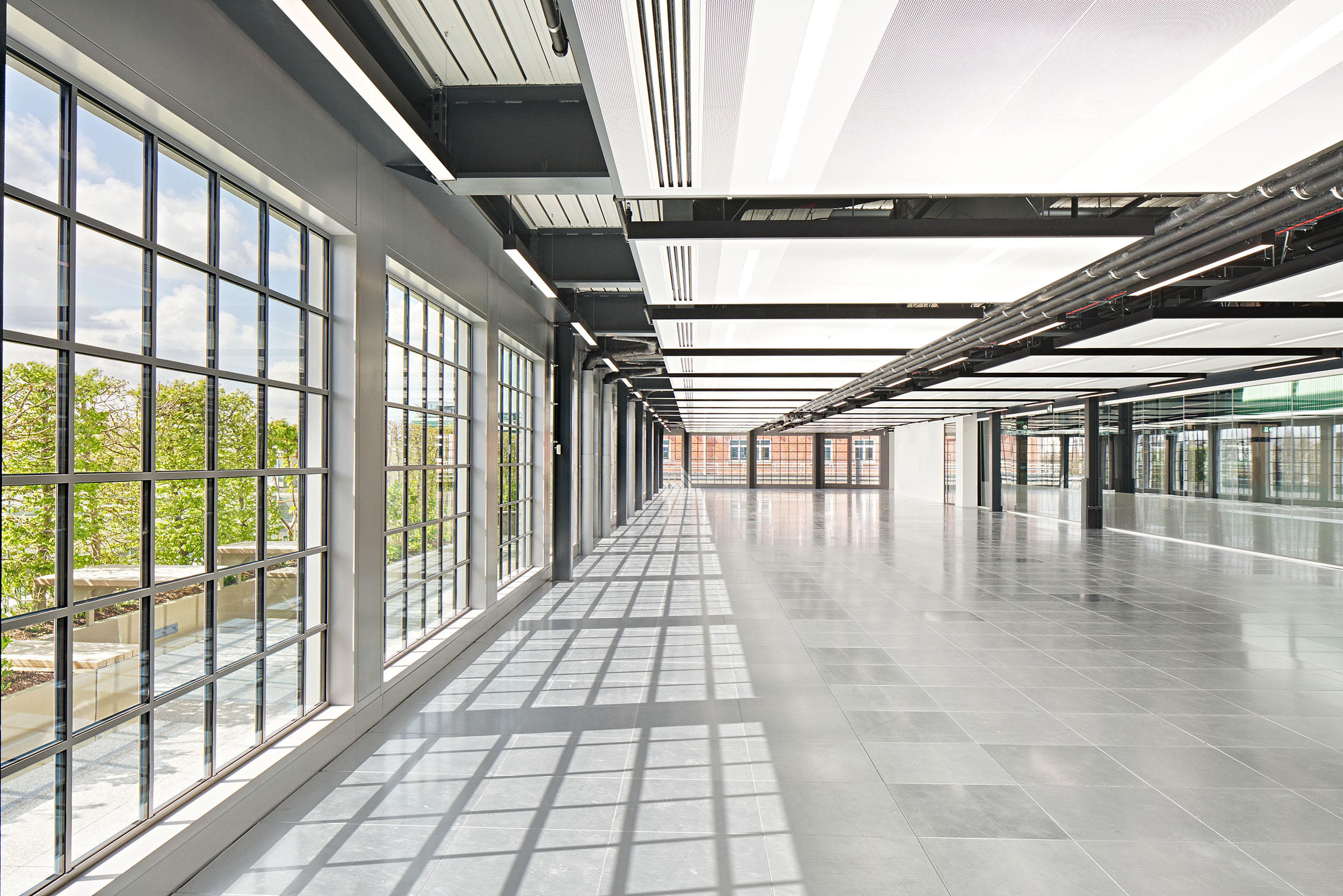
Heritage & Sustainability: Northcliffe's BREEAM Outstanding Journey

ASR elevates residential sustainability with Mark e.o. Huizen BREEAM In-Use project
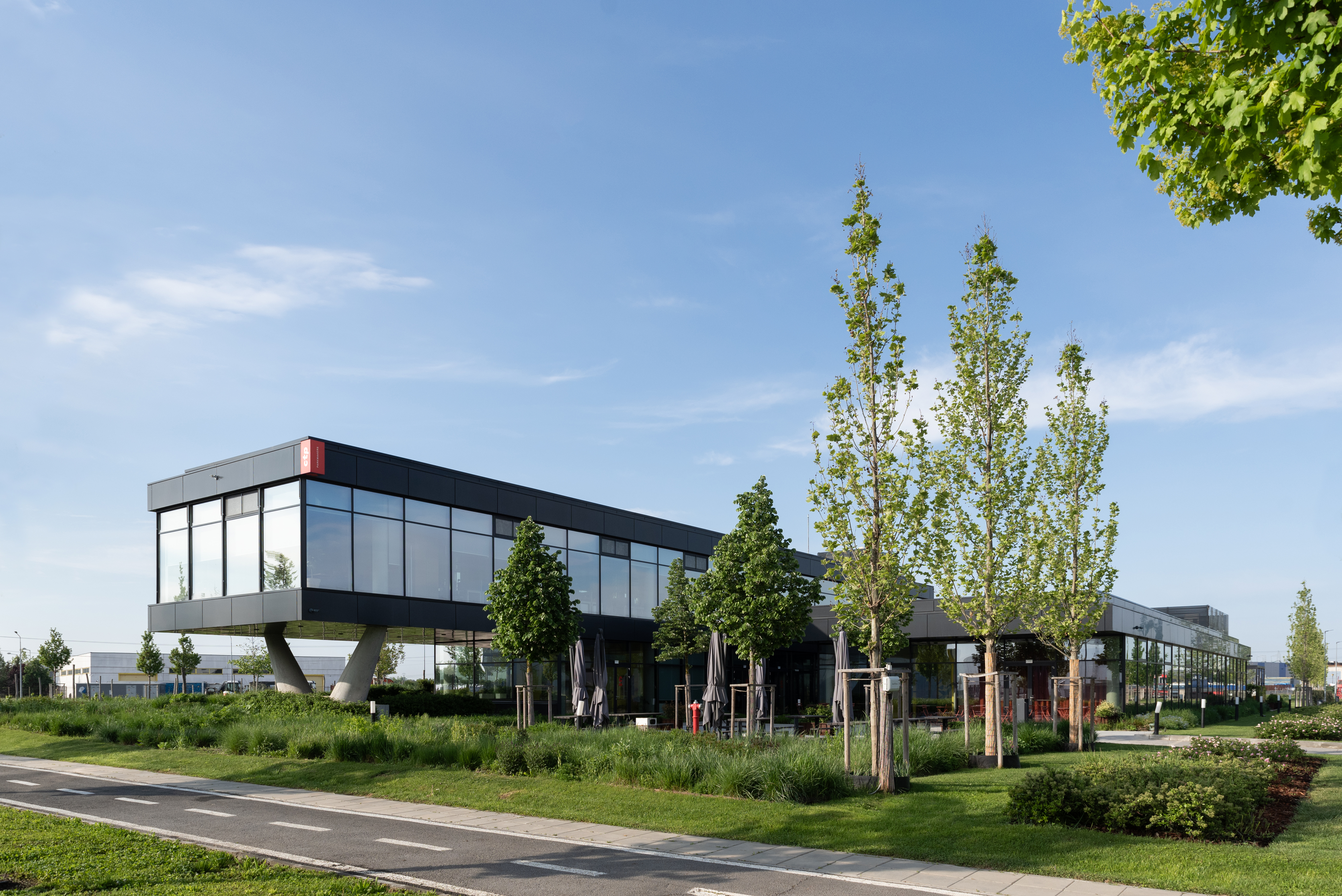
CTP Clubhaus: leading the way with BREEAM Outstanding in sustainable industrial development

KKR Expands Sustainability Across US Property Portfolio with BREEAM
Get in touch
Contact us now or call us on +443333218811 if you would like to talk to our team about how BREEAM can support you.
Return to BREEAM Homepage